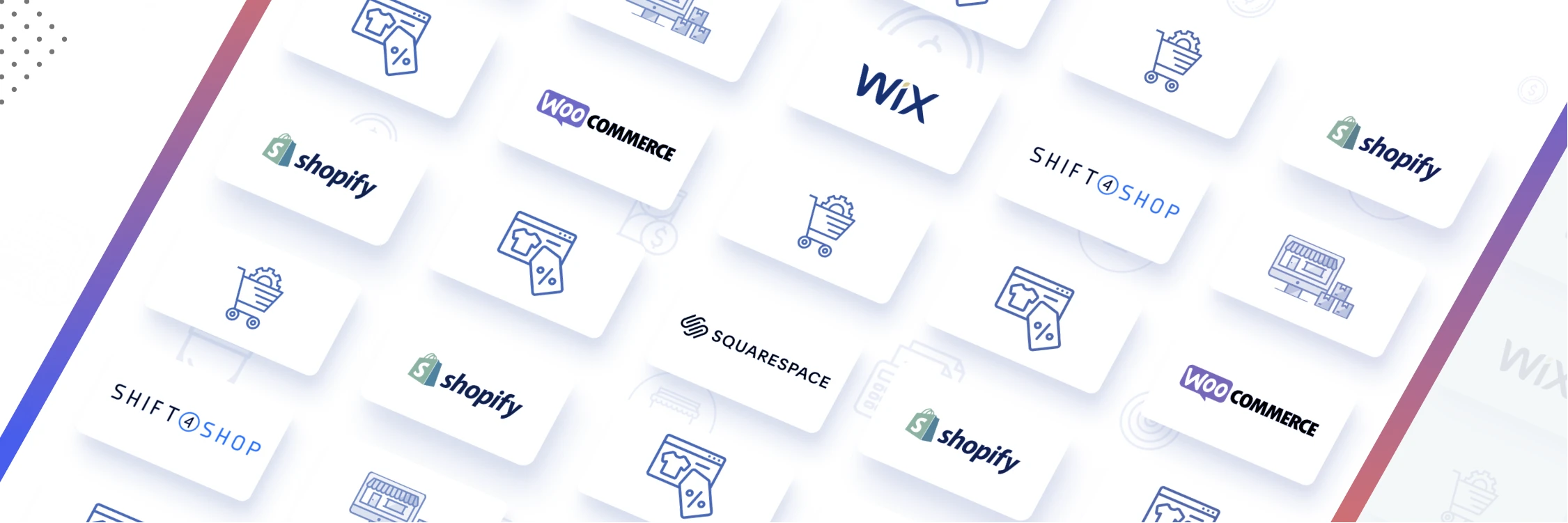
What’s the Best Shopping Cart Platform on the Market?
Contents
If there were an absolute answer to this question, I might not have a blog to write. The ecommerce platform market has changed dramatically in the past years, offering a wide selection of shopping carts: from free, to open source, to downloadable, to hosted applications. In addition to understanding the different platform systems, other factors need to be considered when making this technology investment, such as price, shopping cart features and ease of use, and implementation process. This could overwhelm startups and growing businesses searching for the perfect shopping cart that meets all of their criteria.
So how do you pick the winner? It depends on your business and allocated capital investment. There are some great platforms to choose from, but it’s all about narrowing your choices to a solution that fits your specific business needs in the short- and long-term. I’ve come across many business owners who had to switch to a new platform 6 months after starting their ecommerce site because their old one couldn’t support their operations. Therefore, the key to selecting the appropriate shopping cart is asking the right questions.
1.) Is my data secure? This is perhaps the most important question you should ask. With the Payment Compliance Industry (PCI) laws that went into effect in 2010, it is imperative that every online business evaluates the security of their customer sensitive data.
2.) Does it work for my catalog of products? This is a fairly broad question, but you should look at the types of products you’re selling to ensure that your shopping cart can manage the inventory and configure the right store display. Look at how the shopping cart handles product attributes/options (size, color, etc.), and how it displays products that are grouped, bundled or customized.
3.) Can I customize the web store design to my liking? Usually, you’ll have access to the source code for customization. However, the shopping cart platform may also provide a variety of templates and sample store layouts (e.g., style, screen flow, etc.). To be completely sure, talk to a web designer who’s experienced with the particular platform.
4.) Will my web-store be optimized for search engines? To ensure that the platform is search engine friendly, check to see if it has support for Meta tags per product, dynamic page names (also known as, URL rewrites), breadcrumbs, etc. Since this requires more technical experience, consult with a search marketing specialist or a web designer for more assistance.
5.) Does the platform provide the marketing features necessary for my business? Make a list of some marketing campaigns that you plan to launch (e.g., promotional discounts, bundled packages, items organized by price, best sellers, etc.) and test the platform to see if it supports your marketing strategies.
6.) How does it manage customers and orders? Make sure that the platform can handle common ecommerce scenarios, including managing incoming customer information, shipping, returns and refunds, back orders, etc.
7.) Can I get support when I need help? The amount of support depends on the platform type: open source platforms are usually supported through customer forums and message boards by a community of developers and users; while paid shopping cart providers offer a range of support plan options. Furthermore, most carts also have 3rd party developers that provide services.
8.) Is there a strong community of customers and 3rd party developers? As your shopping cart is a vital part of your business operations and income, it is important to select a platform that has a strong customer base and an active 3rd party developer community that will continue to support and enhance the platform features for years to come.
9.) How often do I need to upgrade, and how easy is it to maintain? Some platforms offer a user-friendly button that enables behind-the-scene upgrades; however, these upgrades could require some manual efforts or could disrupt your customized settings. A bit of due diligence will go a long way.
10.) Does it integrate with my other business software? If you maintain inventory, track accounts with QuickBooks, use drop-shipping, or use a CRM system, it is best to reduce manual data transferring between your shopping cart and the other applications as much as possible to avoid data entry errors and redundancies. Look for shopping carts that could integrate smoothly with these regularly used applications to improve the efficiency of your business operations.
11.) What’s the total cost of ownership? To properly evaluate the investment cost, you should take into consideration not only the cost of the shopping cart, but also the amount of time, effort and money you’ll need to spend on the installation, setup, customization, and maintenance of the system.
With all of these questions to keep in mind, where do you start? If you already have a trusted web designer or developer, consult with them first. However, if you have a limited budget, research some open source carts or hosted carts with low monthly fees. Here’s a video we put together to get you started.
If you use QuickBooks and need a platform that integrates with it, take a look at the platforms supported by Webgility and evaluate them against all the questions above.
When investing in a shopping cart, choose a platform that will let you start up quickly and support your business as it grows. It pays off to pick one that not only aligns with your needs today, but will also scale to support your future needs.
Yvette Zhou is a Group Product Manager at Webgility, passionate about SaaS, fintech, and ecommerce innovation and product development.



.png?width=56&height=56&name=image%20(3).png) Yvette Zhou
Yvette Zhou




